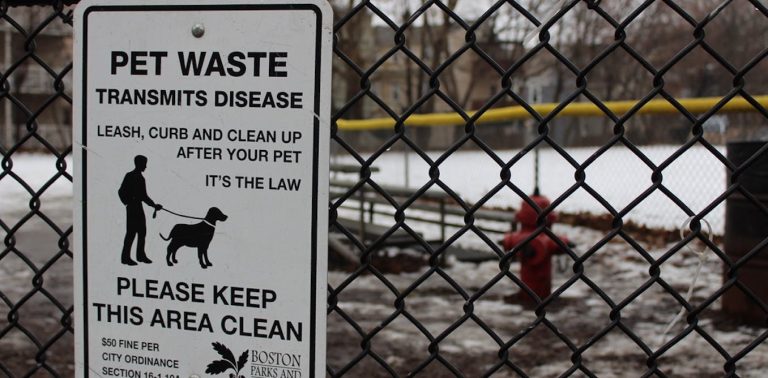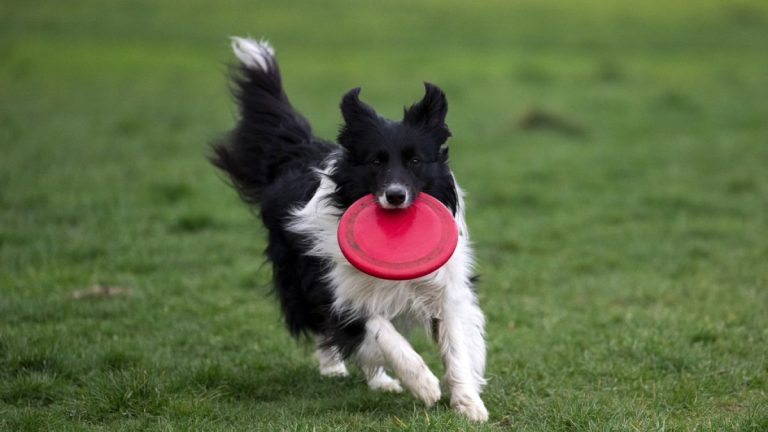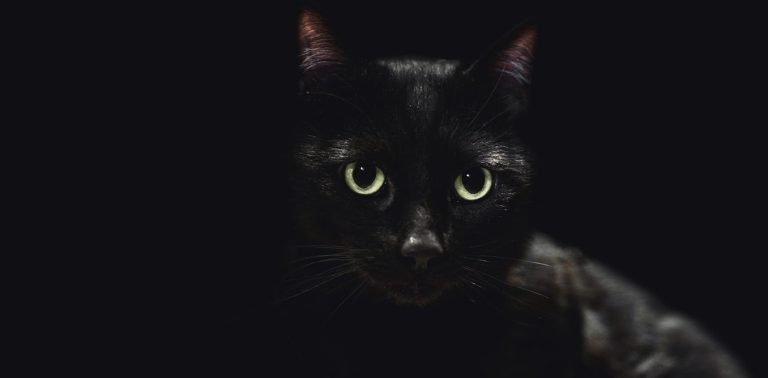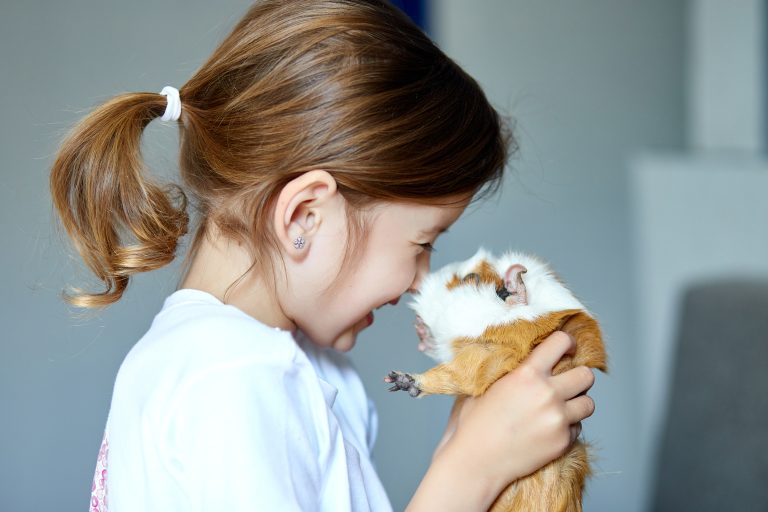
[ad_1]
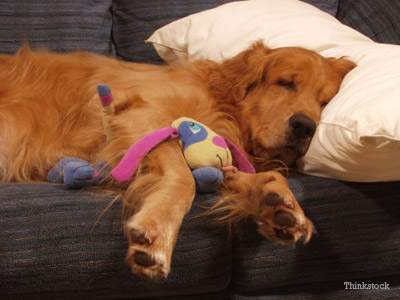
Whether or not or not or not or not canines dream isn’t acknowledged with scientific certainty, nonetheless it completely constructive is difficult to contemplate that they don’t. We’ve all watched our canines exhibit behaviors of their sleep that resemble what they do in a really awake state. Paddling legs, whining, growling, wagging tails, chewing jowls, and twitching noses encourage us to marvel what our canines are dreaming about.
What we uncover out about canines and targets
Whereas our data on this matter is perhaps very restricted, the following acknowledged data helps us bear in mind that canines do really expertise targets. In accordance with MIT Data, Matthew Wilson, a professor of neuroscience at MIT, and Kenway Louie, a graduate scholar in 2001, have studied the relationships between reminiscence, sleep and targets. They discovered that when rats have been educated to run alongside a spherical monitor for meals rewards, their brains created a particular firing sample of neurons (ideas cells). The researchers repeated the ideas monitoring whereas the rats have been sleeping. Low and behold, they seen the equal signature ideas practice sample related to working whether or not or not or not the rats have been awake or asleep. Actually, the recollections carried out at roughly the equal velocity all via sleep as when the rats have been awake.
Can we apply this to canines?
Can we take what’s thought-about dreaming in rats and different folks and apply the data to canines? Wilson believes that we’ll.”My guess is — until there’s one factor specific about rats and different folks — that cats and canines are doing precisely the equal problem,” he talked about, in response to USA At present’s internet web page.
It’s acknowledged that the hippocampus, the portion of the ideas that collects and retailers recollections, is wired a lot the equal methodology in all mammals. In accordance with healthday.com, Professor Wilson says, “In case you happen to in distinction a hippocampus in a rat to a canine; in a cat to a human, they comprise the entire equal devices.” He believes that as canines sleep, photos of earlier occasions replay of their minds, a lot the equal methodology of us recall experiences whereas dreaming.
In of us it’s acknowledged that almost all targets happen all via REM (fast eye motion) sleep, in response to the Nationwide Institutes of Successfully being. Canines furthermore expertise durations of REM sleep. Psychology At present’s internet web page says that in REM their respiratory turns into extra irregular and shallow. There’s additionally muscle twitching all via REM and, when one seems to be intently, fast eye actions behind closed eyelids can typically be seen. It’s all via REM sleep that behaviors considered related to dreaming (legs paddling, twitching, vocalizing, and so forth.) are principally seen.
What we’ve to bear in mind about canine targets
After we observe our canines as they sleep, it’s virtually unimaginable to contemplate that they aren’t dreaming. An an identical to the rats studied by Wilson and Louie, it’s tempting to ponder that our four-legged finest buddies are reenacting their current experiences; having enjoyable with on the canine park, sniffing all through the woods, chewing on a treasured bone, and chasing squirrels.
The Nationwide Institutes of Successfully being says that Sigmund Freud theorized that dreaming was a “security valve” for our unconscious wants. Maybe he’s acceptable, and, when our canines sleep, they dream about catching the neighbor’s pesky cat, common stomach rubs alongside facet limitless canine treats, and stealing the Thanksgiving turkey from the consuming room desk.
You almost certainly have any questions or factors, it is important to at all times go to or determine your veterinarian — they’re your finest useful helpful useful resource to confirm the successfully being and well-being of your pets.
[ad_2]



